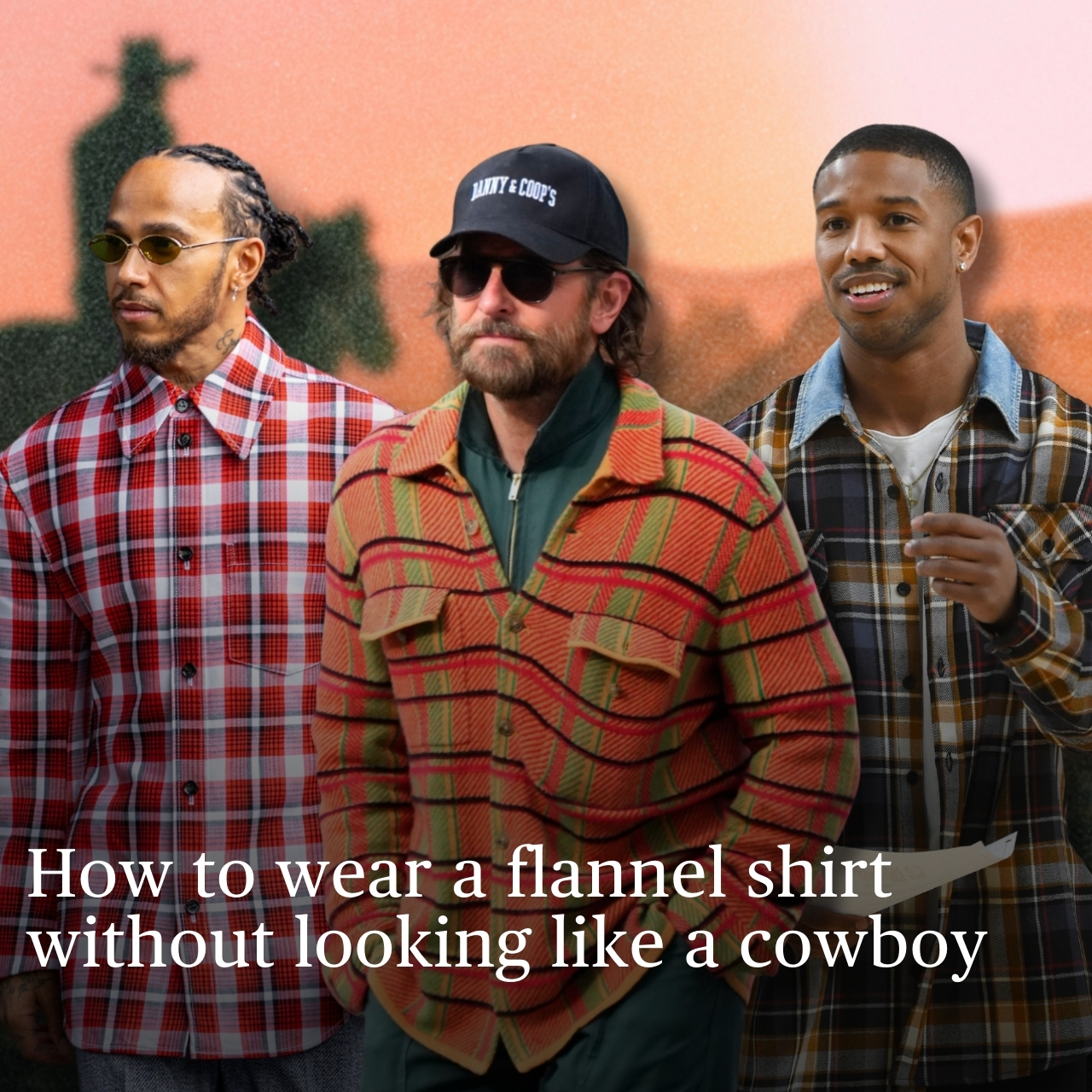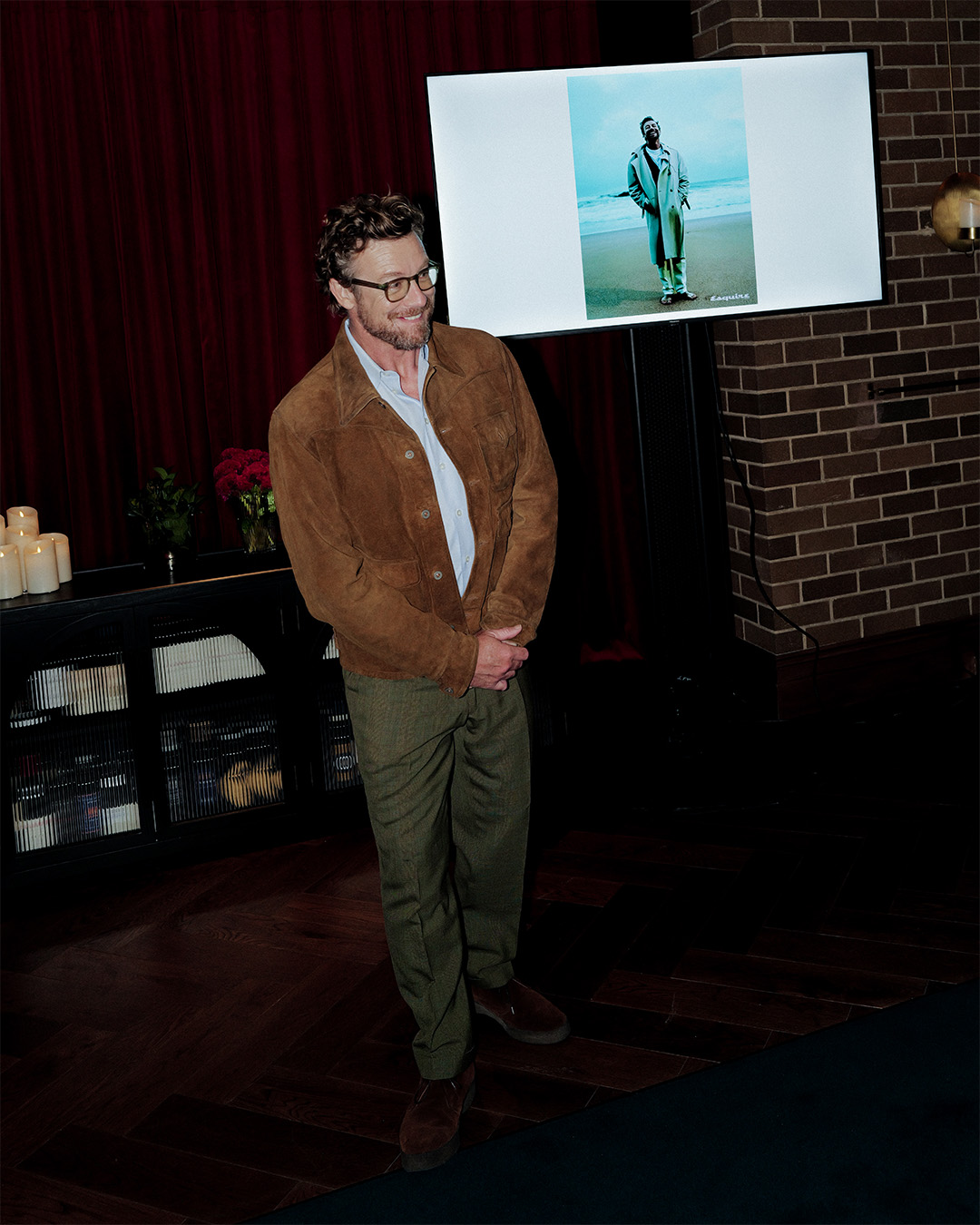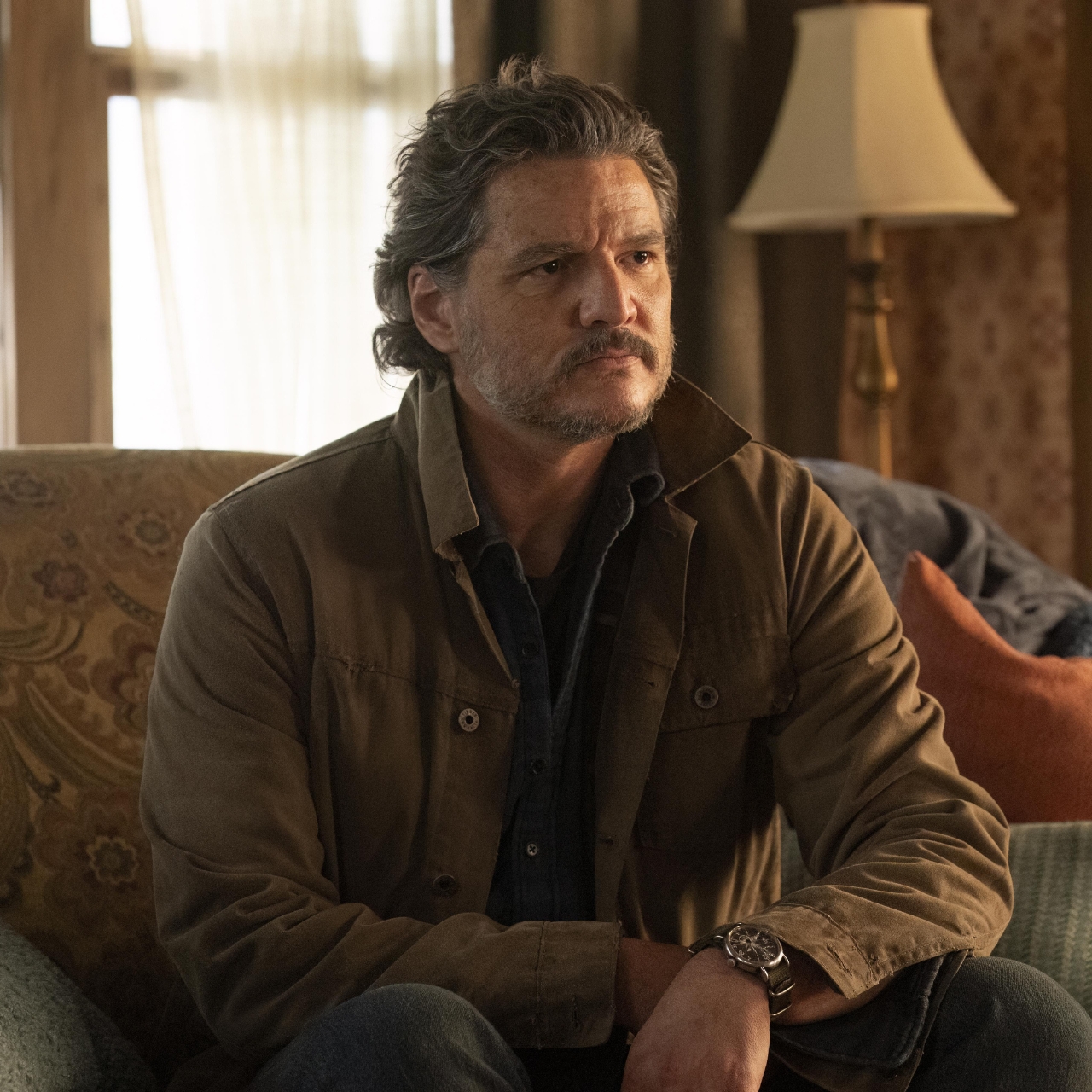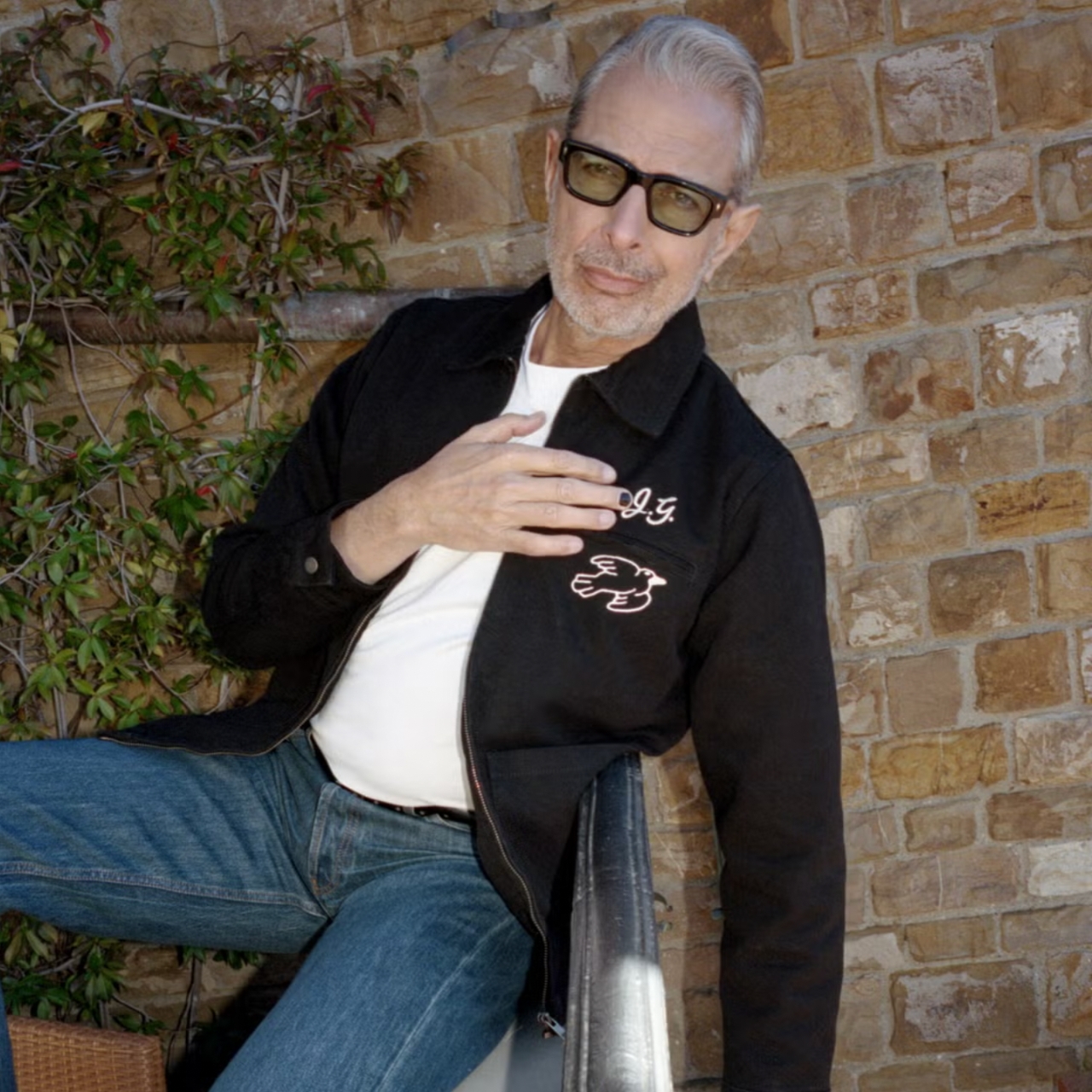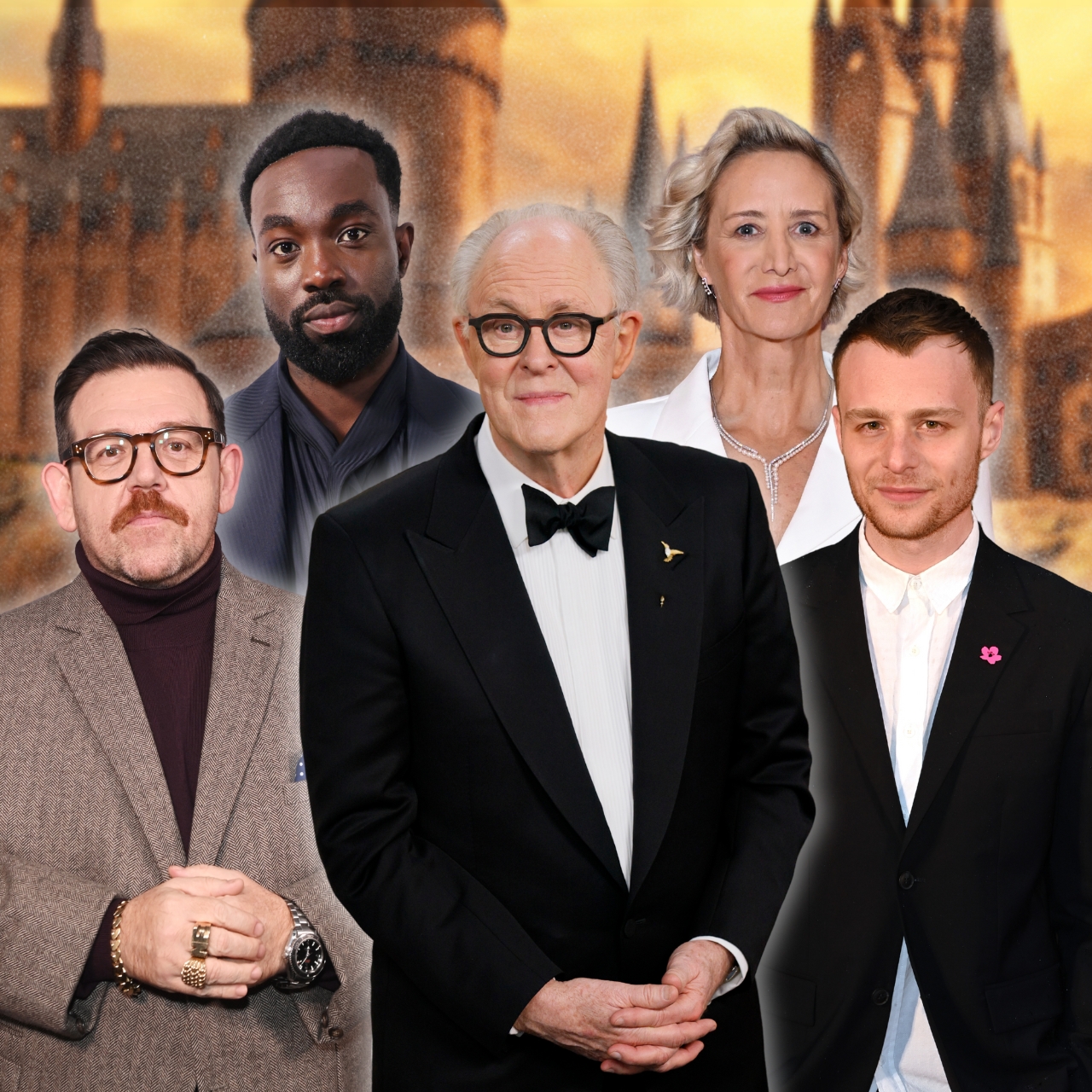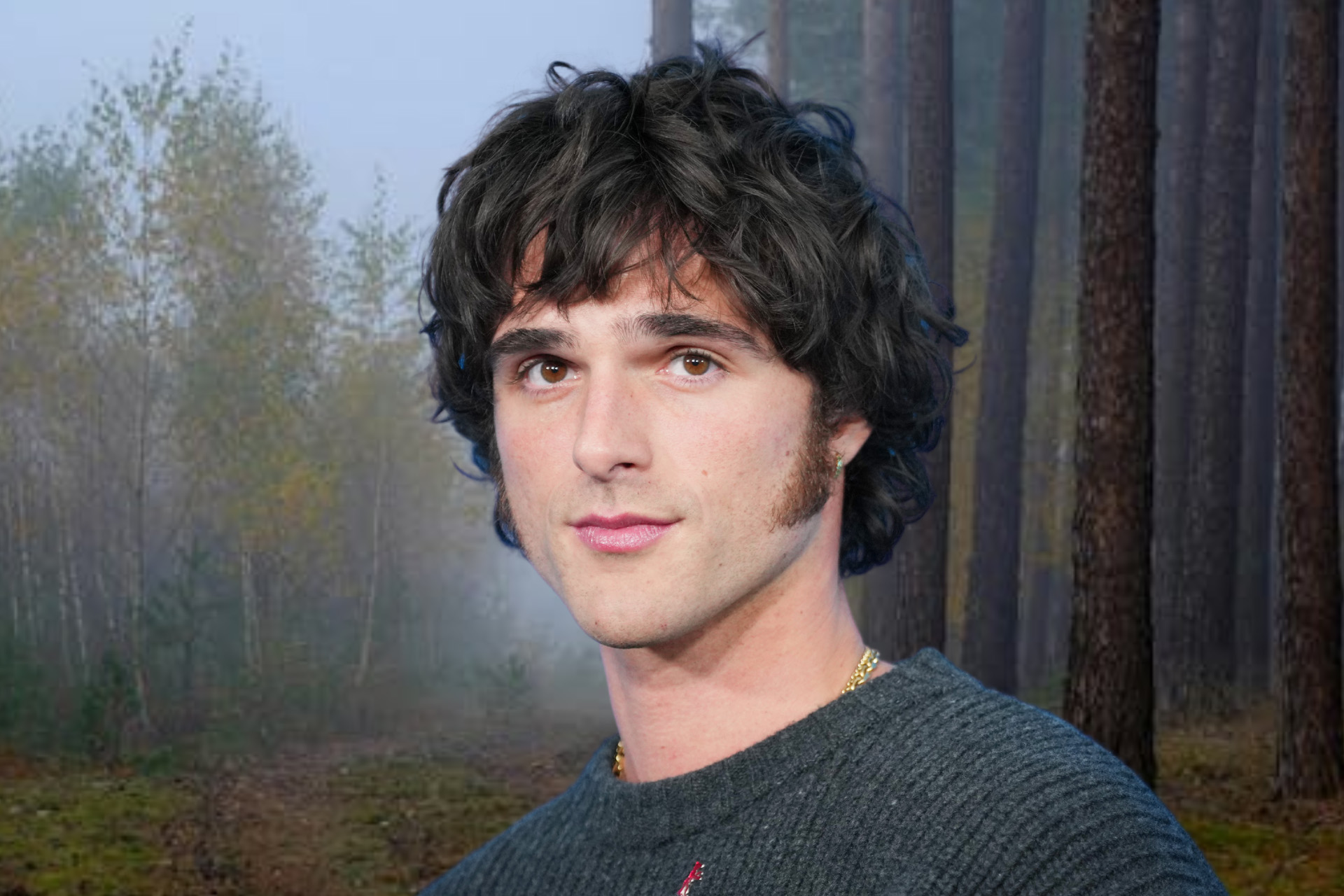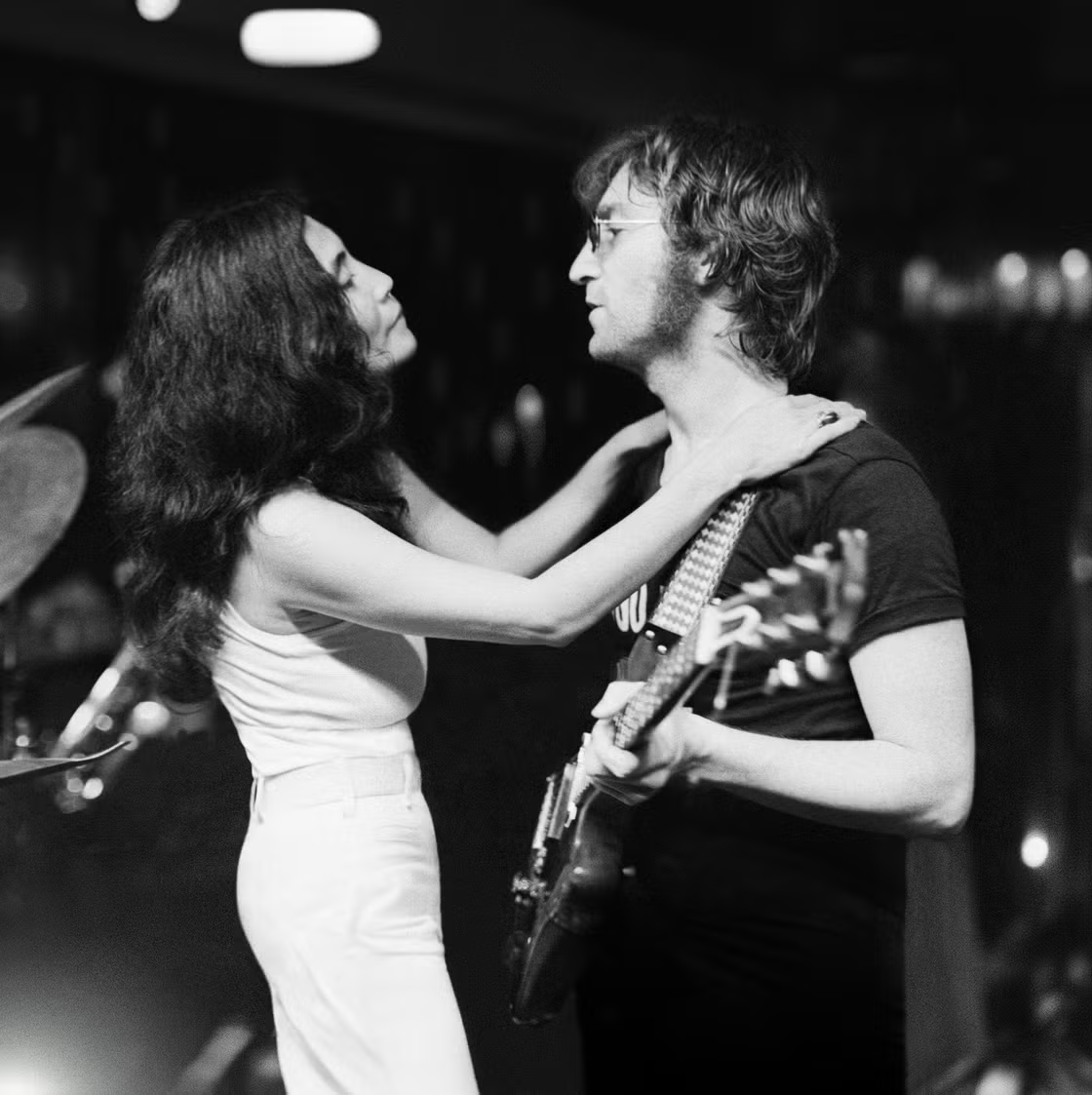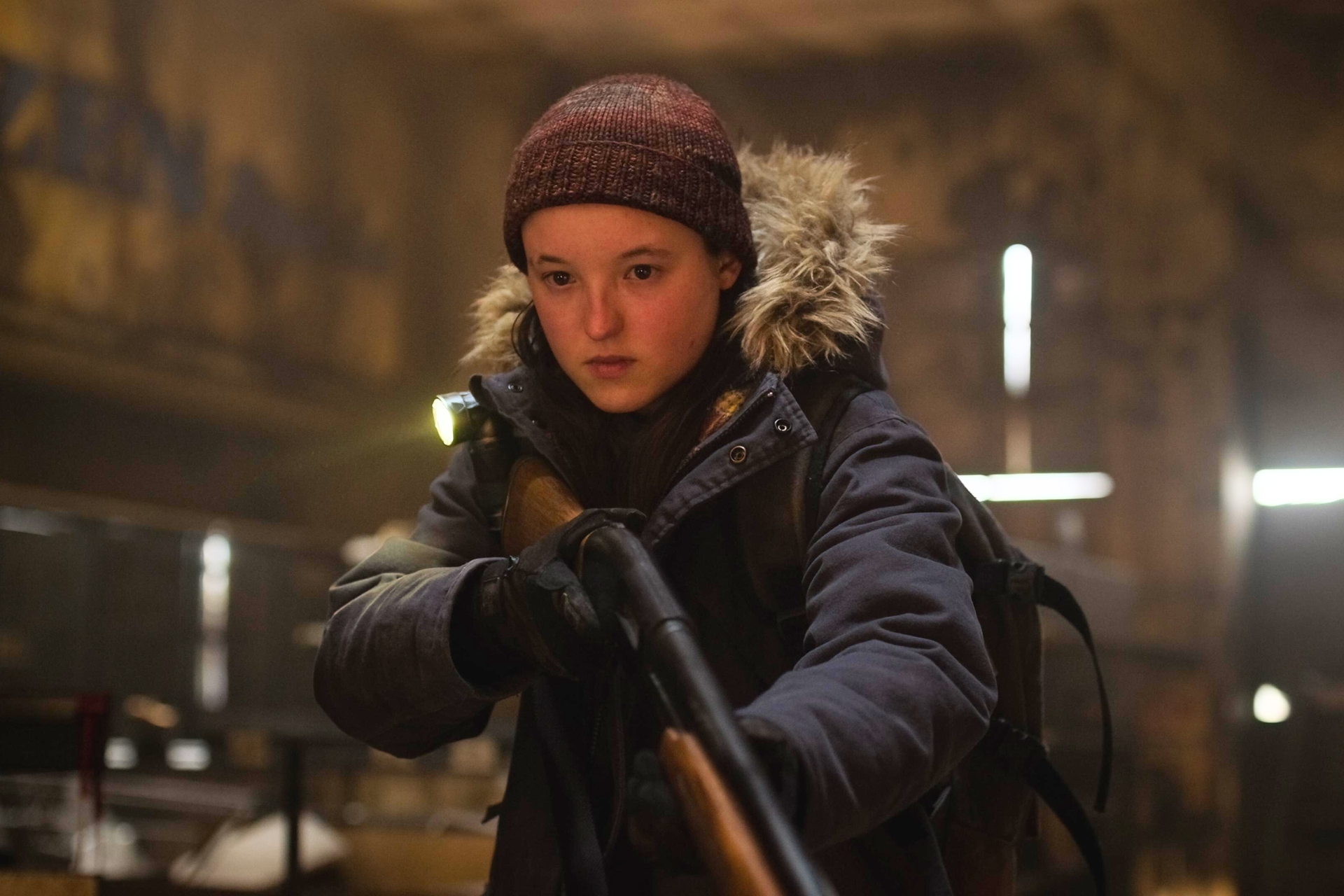‘The Alto Knights’ review: double trouble
While the idea of Robert De Niro simultaneously winning the Oscars for Best Actor and Best Supporting Actor for a dual role is easy to get behind, that outcome becomes less likely with every laborious minute of Barry Levinson’s new mafia drama
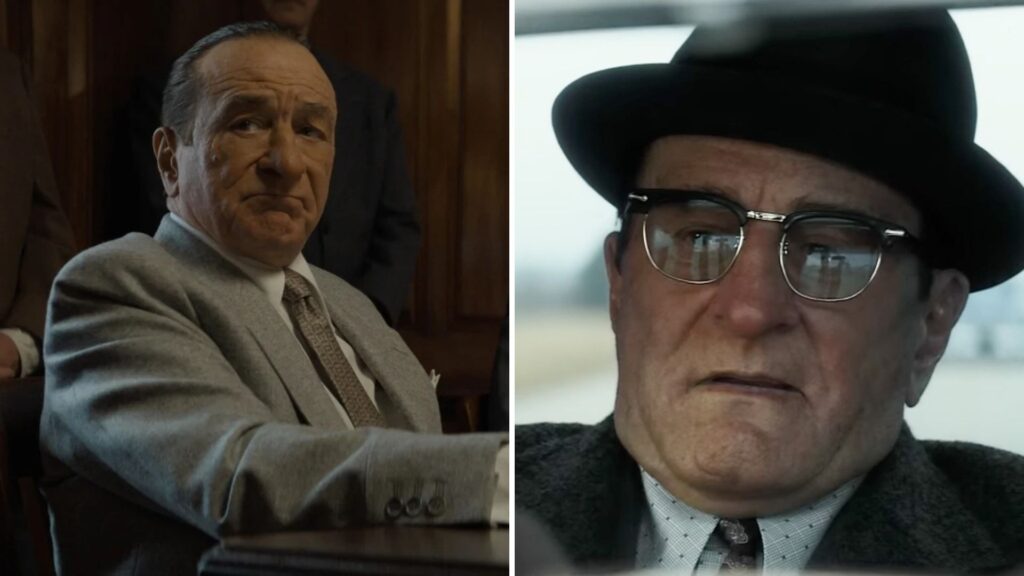
This review contains spoilers for The Alto Knights.
EVERYONE’S DRINKING THE dual role kool-aid in 2025. As far as we can tell, Robert Pattinson started the trend with Mickey 17, in which he plays both the titular character and his clone, Mickey 18. Michael B. Jordan is also set to play a pair of twins later this year in Ryan Coogler’s Sinners. It’s Robert De Niro, though, who is the most recent duplication in The Alto Knights, which sees him take on both leading roles as mob boss Frank Costello and his bitter rival and former confidante Vito Genovese.
Directed by Barry Levinson (Rain Man, Bugsy, Good Morning Vietnam), The Alto Knights aspires to join the pantheon of classic mafia dramas. It takes cues from the likes of The Godfather trilogy, Goodfellas and The Irishman – including the past-tense narration style of the latter two, albeit in a more meandering fashion – but in doing so, it struggles to distinguish itself from them and the countless other Italian-American mafioso stories that have already entered mob drama canon.
De Niro’s dual portrayal of two real-life 1950s mob bosses, the calculated Costello and the volatile Genovese is, of course, the film’s most notable draw. The storyline centres on the deteriorating relationship between Costello and Genovese, former allies who are now embroiled in a power struggle that threatens to destabilise New York City’s organised crime syndicates.
If that premise sounds familiar, that’s because we’ve seen this plotline play out in plenty of other mafia films. While the true story of Costello and Genovese hasn’t been told on the big screen before, as fairly stock-standard mob bosses their lives were hardly singular.

Before the Second World War, Costello and Genovese had a cosy relationship distributing black market alcohol and running illegal lotteries as members of Lucky Luciano’s crime family. At that time, it was Genovese who was more heavily favoured within the mob, but when he flees to Italy to escape prosecution for murder, Costello starts rising through the ranks.
By the time Genovese returns to New York in 1945, his old friend Costello has usurped his position within the mob, been made the ‘boss of bosses’, now occupies a somewhat-respectable role in society and is even commonly known as a ‘gambler’ rather than a mobster. Genovese wants his piece of the pie, but Costello isn’t going to give it to him. So, Genovese makes the logical move – at least in mafia circles – of ordering a hit on Costello, which fails miserably.
Costello survives his attempted assassination – carried out by enforcer Vincent Gigante (Cosmo Jarvis). The failed hit serves as the film’s opening scene, what follows plays out in non-linear fashion: jumping between the aftermath of the assassination, the developments that lead to it, and older-Costello’s own recollections of the period, which often makes it difficult to follow.
There’s a sort of forceful direction to the film in that opening act that sets the stage for an intriguing denouement. But over the next fractious two or so hours, it loses momentum as any ambitions of a compelling mafia classic dwindle. The resulting narrative lacks the dynamism required to invigorate an already well-documented period of organised crime, which, when combined with the non-linear storyline, results in pacing that oscillates between sluggish and hurried.
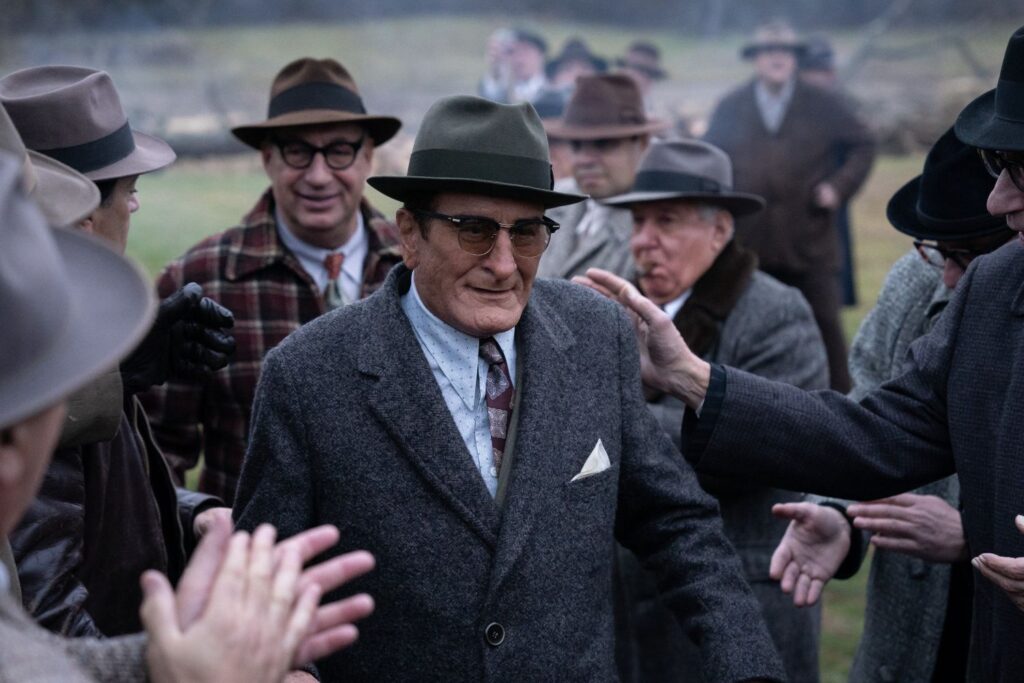
Ultimately, The Alto Knights reminds us that De Niro is a treasure, but the film is hampered by its own creative choices. The point of De Niro’s dual role is never justified. In Mickey 17, Robert Pattinson’s characters are clones. In Sinners, Michael B. Jordan’s are twins. There are very real justifications that those dual roles are for the purpose of the narrative. In The Alto Knights, there isn’t any actual point to having double De Niros apart from giving the film some extra ammunition for marketing purposes. This comes off as more gimmicky than inspired, and ultimately undermines the narrative.
Is the purpose of the dual role to imply some meta idea that Costello and Genovese are essentially the same person? That’s an unlikely choice, given that the entire film seems to make a point of highlighting their differences, and it’s Costello’s calculated cunning that ultimately wins out against Genovese’s hotheadedness when he gets many of the mafia’s top figures arrested at a meeting in upstate New York. The dual roles actively obstruct this idea by minimising the important differences between the two men.
So, why bother with having De Niro in both roles if it serves no narrative purpose? Or, better yet, why stop there? De Niro could’ve easily taken on the roles of Vincent Gigante, or Albert Anastasia, or even Costello’s wife Bobbie. In fact, if a gimmick is the film’s only selling point, why not just have De Niro play every character in an homage to Alec Guinness in Kind Hearts and Coronets? You see, we have to draw the line somewhere.
At 81 years old, the great Robert De Niro may not have too many films left in him. It’s a shame that this was one of them.
The Alto Knights is in cinemas now.
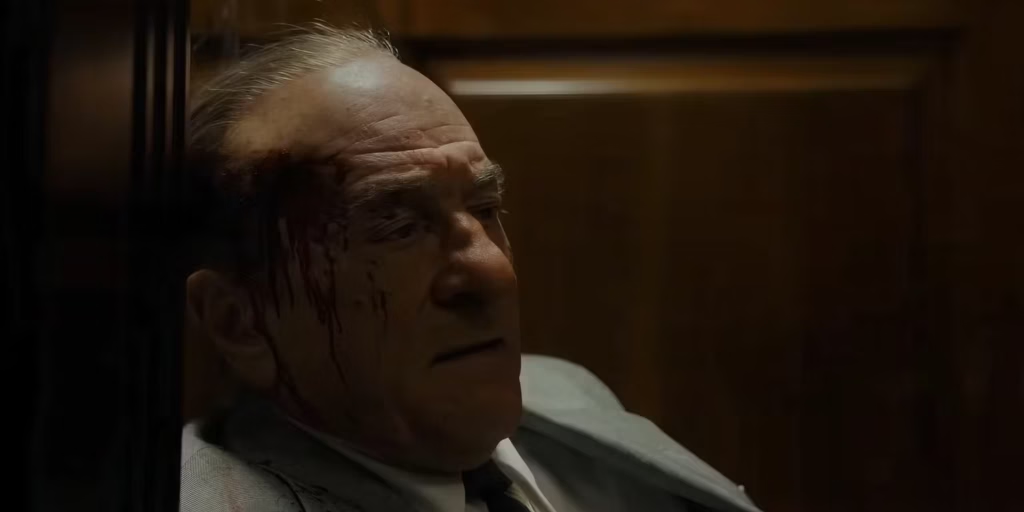
Related:




